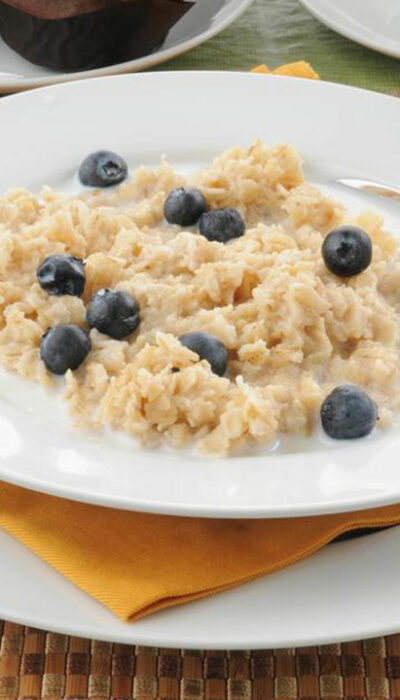
The Balanced Diet Chart for Diverticulitis
Diverticulitis is a severe medical implication. It is caused by the swelling of the diverticula. Diverticula are the pouches along the lining of the large intestine. An exertion of pressure causes weak spots in the intestinal wall. Due to this, the intestine bulges the colonic wall structure outwards. Diverticulitis occurs among people after the age of forty. As individual ages, the symptoms of diverticulitis are often seen. Initially, diverticulitis is characterized by minor infection or inflammation. But it can aggravate and tear, and cause the serious problem of diverticulitis. Some of the medical conditions related to diverticulitis include abdominal pain, fever, bloody bowel movements, and nausea. Diverticulitis can be treated with medications. However, if the problem is serious, surgeries are other viable approaches. Making lifestyle changes is the best way to control the worsening of diverticulitis over time. Changing the diet proves helpful for treating diverticulitis. There are certain foods which you must take and avoid. Include the good foods and stay away from the bad foods if you want to prevent the aggravation of diverticulitis. The diet for diverticulitis works efficiently to give the digestive system enough time to rest. It includes liquids and easily-digestible food. These food products are digested quickly and don’t strain the digestive tract. What is the right diet for diverticulitis? Liquid Diet: The intake of liquid diets must be increased. Some of the liquid diets you must take are water, ice chips, fruit juices that don’t contain pulp (apple), vegetable juice, skimmed tea or coffee, gelatin, and broth. If the symptoms of diverticulitis improve with the intake of the liquid diet, your doctors may suggest the intake of fiber diet. He will start with the low-fiber diet and then recommend the high fiber diet. Some of the low fiber foods include eggs, fish, and white bread, cooked foods without seeds, foods without skin, green beans, and juices without pulp, white rice, yogurt, milk, pasta, and low-fiber cereals.










